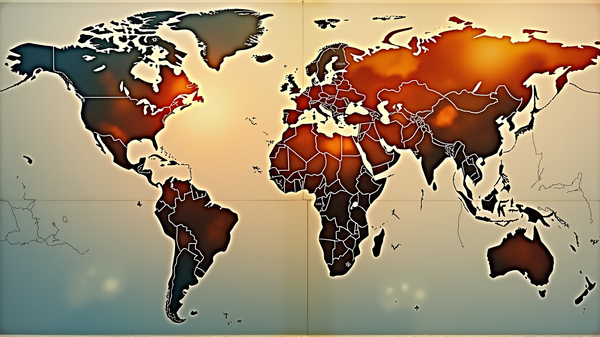Russia's Trade Surplus Narrows: A Closer Look
Russia's trade flows contracted again, with exports falling amid lower oil prices and softened demand, impacting key economic sectors.

Russia’s trade dynamics are facing shifts, reflecting broader changes in the global market. The country recorded a trade surplus of \(8.7 billion in May 2025, substantially down from \)12.1 billion in the same month of the previous year. This development underscores shifts in both global demand and Russia’s economic positioning.
Export Challenges: The China Connection
The fall in exports by 9.7% to $33.1 billion illuminates the pressures exerted by decreased oil prices. This trend, marked as the fourth consecutive month of declining foreign sales, highlights the sluggish demand from China, Russia’s key trading ally. As China reduced its demand, it dealt a considerable blow to sectors that heavily rely on this bilateral trade relationship.
Weaker Commodity Demand
Russia’s core industries continue to grapple with reduced interactions with Western markets. As oil prices languished, the country’s economic strategies seemed heavily reliant on a single export market direction, namely China. Moreover, the downturn in mineral and hydrocarbons sales might signal a need for diversification in export markets.
Import Fluctuations
While exports suffered, imports into Russia marginally dropped by 0.4% to $24.4 billion. This end to consecutive import growth means potential concerns for domestic market consumption. It suggests a cautious approach by Russian businesses as they navigate an uncertain global trading landscape.
Concluding Insights
According to TradingView, these figures paint a complex picture of Russia’s current economic stance. With external economic elements heavily influencing its trade dynamics, Russia may need to strategize diversely to balance and sustain its trade pathways effectively. The apparent shrinkage in trade flows hints at a pivotal juncture for economic policy makers to reassess and realign towards sustainable future growth strategies.





